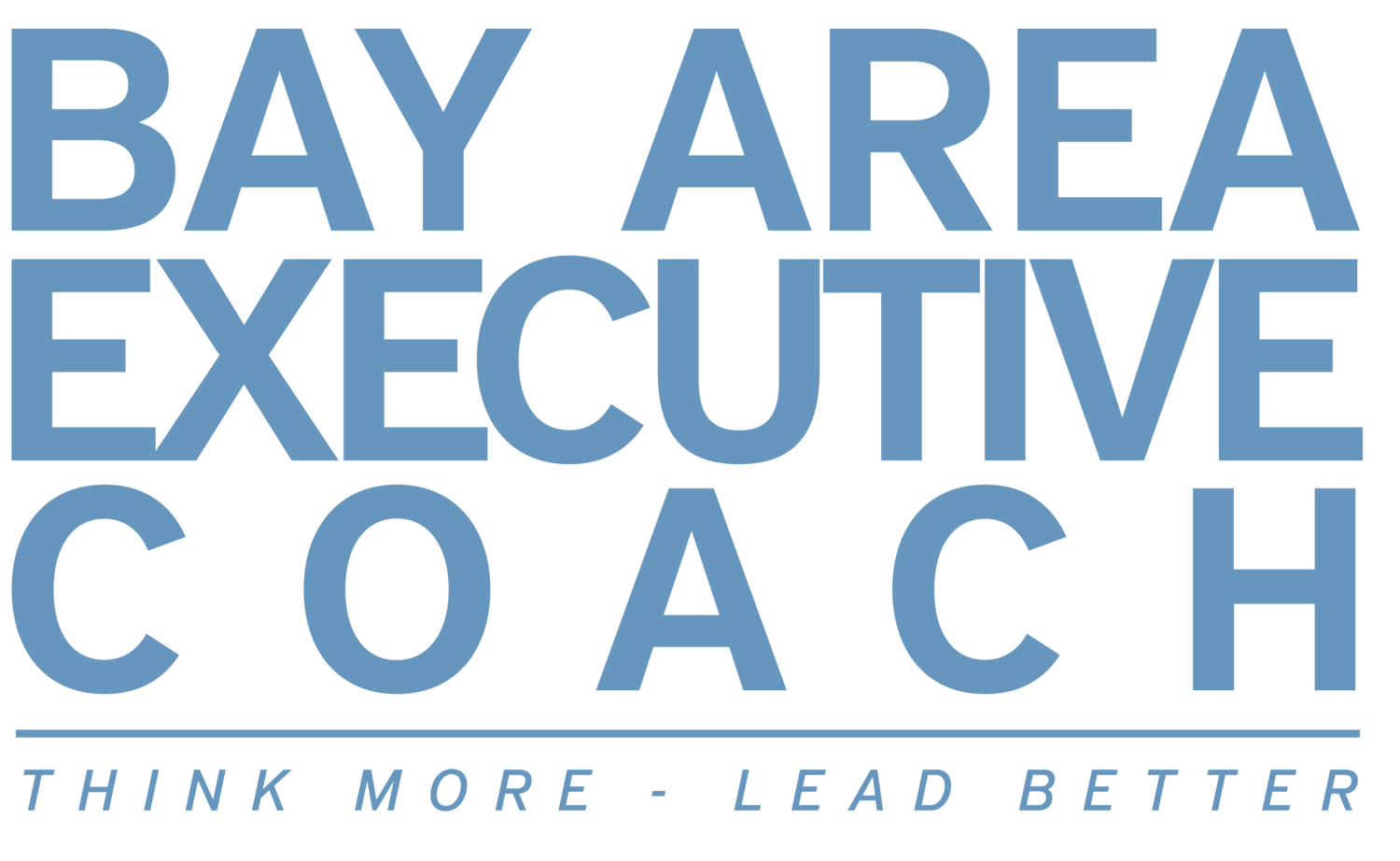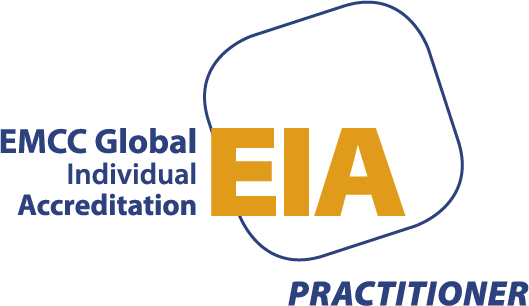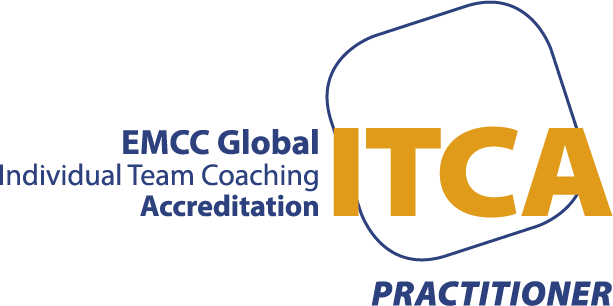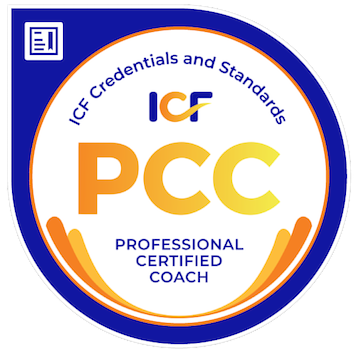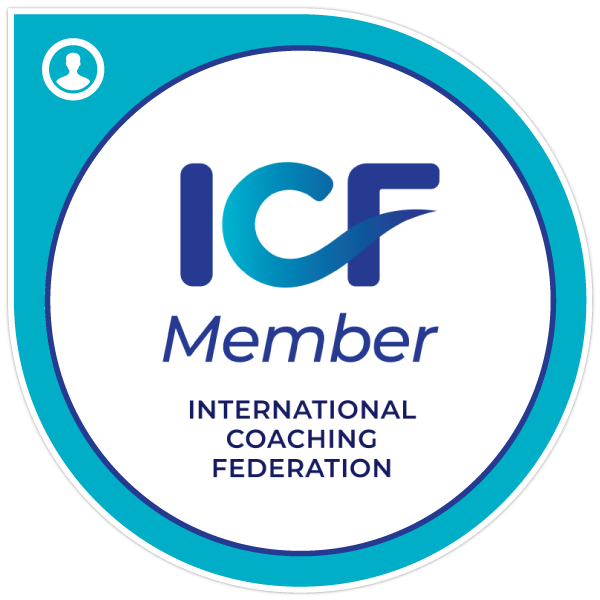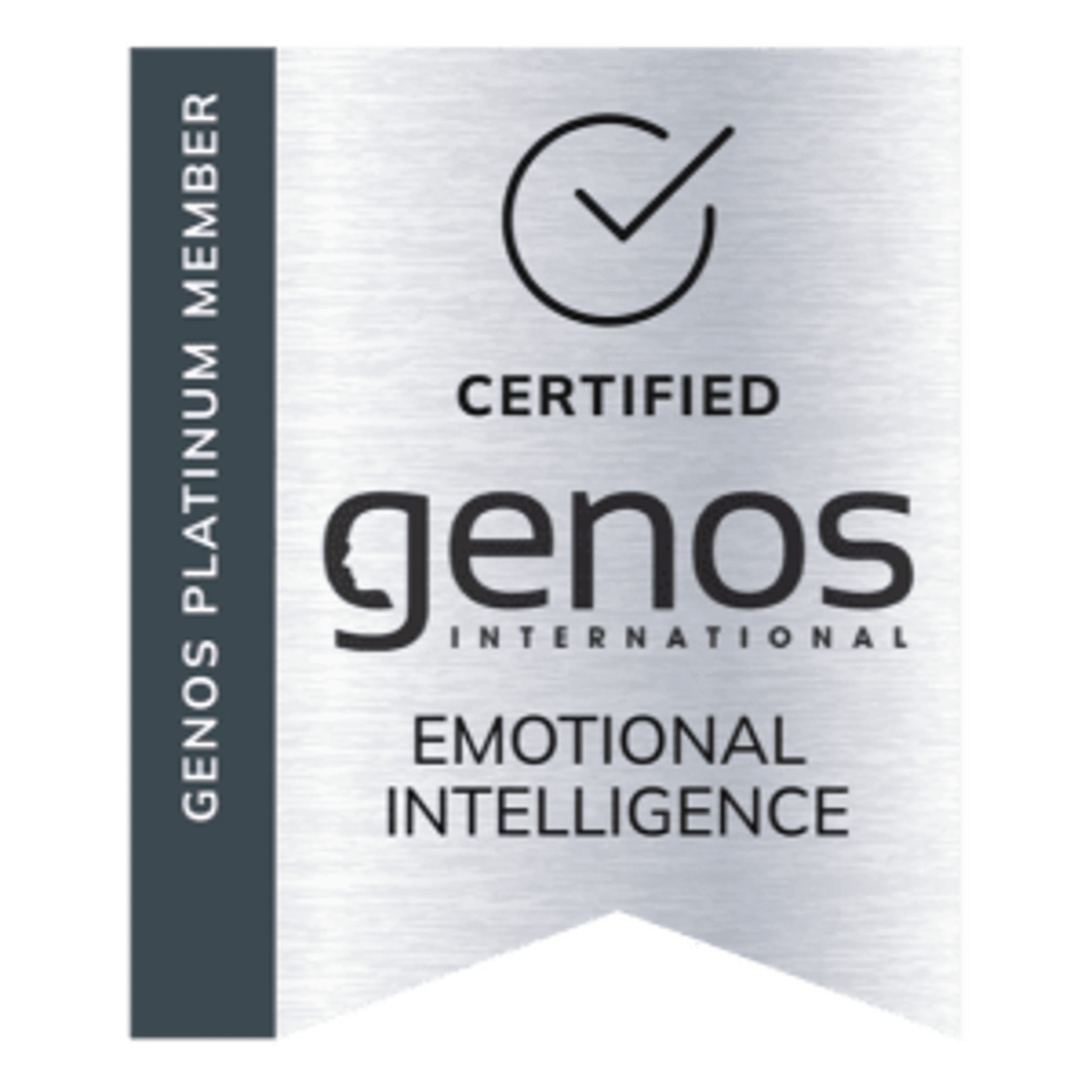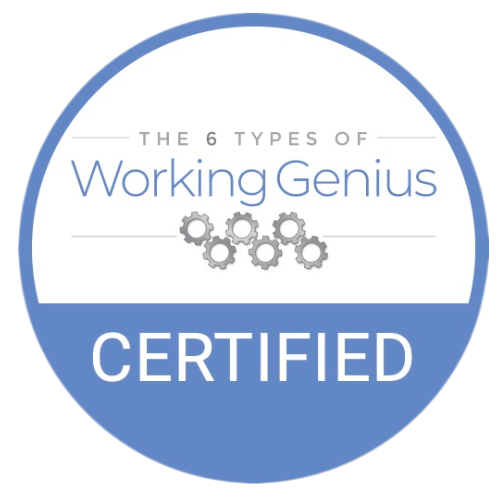While often unsettling on the surface, conflict can also present opportunities for genuine learning and growth, ultimately resulting in organizations that are more adaptable, transparent, and stronger as a whole. How you manage conflict is therefore an essential aspect of being an effective leader.
Your conflict management style reflects your personality, values, and goals, as well as your level of communication agility and emotional intelligence. There are five widely recognized conflict management styles: 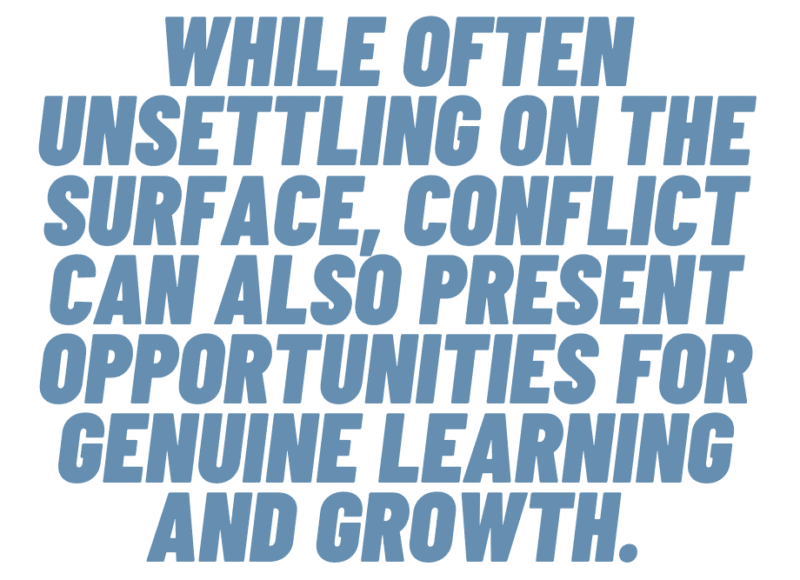
- Accommodation
- Avoidance
- Compromise
- Competition
- Collaboration
Each of these styles has its strengths and weaknesses, depending on the context and the relationship. A leader skilled in conflict management should take a detached view of the conflict in question and apply the conflict management style that’s best suited for that specific situation.
The Five Main Conflict Management Styles
- Accommodation: This style is based on the premise of placing the other party’s needs before your own, essentially letting them get their way. While it might seem weak, accommodation can be an efficient choice for resolving small conflicts and moving on with more important issues. This style is highly cooperative on the part of the resolver. On the downside, using this approach often can lead to bothersome self-doubt and self-esteem issues rooted in the notion of: “Why do I give in so easily?”
Accommodation is best kept for situations where you don’t care as strongly about the outcome as does the other person. This approach is about keeping the peace and not putting in more effort than a problem might be worth.
- Avoidance: In the avoidance style, conflicts are resolved simply by not dealing with them at all. Conflicting team members may be assigned to separate jobs or departments, deadlines might be relaxed, or issues are just swept under the rug and ignored.
While this style might seem like a cop-out by the person in charge, avoidance can be a useful conflict resolution style if a cool-down period would be helpful or if a manager needs more time to evaluate the core nature of the conflict.
Avoidance should not be a substitute for proper resolution. Ignoring conflict indefinitely almost always leads to more and bigger conflicts down the road. If a leader adopts this style often, it may make those they lead view them as ineffective and unwilling to deal with important issues.
- Compromise: This style seeks the middle ground by asking both parties to concede some elements of their disgruntlement so a mutually-acceptable solution can be agreed upon.

Sometimes known as “lose-lose,” compromise asks that both parties give up something of value to them. Compromise often happens when external forces such as immovable deadlines or inflexible rules create situations when a solution needs to happen quickly and it doesn’t have to be a perfectly elegant solution.
Because compromise can lead to resentment on both sides, it’s a style that is best used sparingly. Where the use of compromise may not lead to resentment is when the two sides give in on something that matters more to the other party and receives something that’s more valuable to them. For example, a project is behind and overtime is going to be needed to meet the deadline. Neither member of the project team wants to work overtime, but they come to a compromise where one will work late on a workday while the other will work on a Saturday. It’s not a truly satisfying outcome, but one that will meet the needs of the situation.
- Competition: This style is the opposite of compromise and involves not giving-in to the other party’s viewpoints or wants. One party stands firm in what they think is the correct handling of a situation and doesn’t relent until they get their way.
While an executive or manager can use this style to resolve disputes quickly, its use runs the risk of damaging worker morale with various negative ripple effects. It’s also been known to initiate the exodus of valuable staff.
Because the competition style can come across as heavy-handed or dictatorial, it should be used only in extreme cases. Furthermore, if the leader is the person who’s pushing others to comply, they might want to at least explain the “why” behind their intransigent position.
- Collaboration: This is likely the conflict management style that managers should aspire to most because it produces the best long-term results. The downside, if there is one, is that the collaboration style may take the most time and be the most difficult to deploy.
Collaboration is based on each party’s needs and wants being considered to forge a “win-win” solution that all parties can accept without feeling slighted. The process often involves sitting down together, talking through the conflict, and negotiating a solution. This style of conflict resolution is greatly aided by active listening and empathy.
Collaboration is ideal when it’s essential to preserve a positive relationship between all parties or when the solution itself can have a significant impact on a business and its operations.
Which Conflict Management Style Is Right for You?
People naturally gravitate toward different approaches to dealing with conflict depending on their personalities. Insecure people may want to avoid conflicts at any cost, even to their detriment. A highly competitive person might take a “win at any price” approach when confronted with a conflict.
To identify your conflict management style, start by evaluating how you respond when faced with disagreements or difficult situations. Do you tend to avoid conflict altogether, or do you jump without hesitation to resolve the issue by getting everything out in the open?
Are you more focused on your own needs and interests, or do you prioritize the needs and perspectives of others? Do you solicit feedback from others, such as colleagues or trusted mentors, to get a better sense of how your conflict management style is perceived by others?
A more quantitative approach to identifying your conflict management style is to take a well-regarded self-assessment such as the Thomas-Kilmann Conflict Mode Instrument (TKI). TKI measures your preferences for assertiveness and cooperation, and assigns you a dominant style based on your scores. This information can be highly insightful and revealing.
You might also turn to the Everything DiSC Productive Conflict profile assessment, which will present you with your likely approach to conflict based on your DiSC style. This can help you gain insight into your typical behavior and consider what it might look like to adapt it to meet different situations. Gaining this type of adaptability can strengthen your leadership competency.
If you are seeking a flexible style that can work to resolve conflict in various contexts, consider adopting an aggregated “A-C-C” style of Accommodate, Compromise, and Collaborate. Based on the time available, level of importance and style of the other party, you’ll likely find there’s an approach that can work for you with the A-C-C framework. By resolving conflicts within a supportive and emotionally intelligent framework, you’ll not only solve current problems more effectively, but you’ll be well equipped to handle future conflicts when they inevitably arise. And this will be a good reflection on your leadership effectiveness.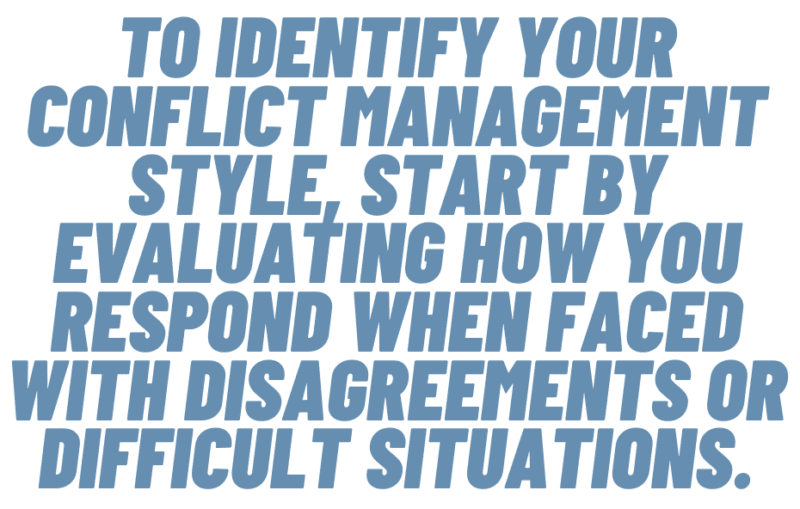
Techniques for effective conflict resolution is one of the essential leadership skills we guide leaders to develop. To learn more, please schedule a free 30-minute meeting by clicking this link or contact us to learn more.
RESOURCES:
There are many resources available to help you learn more about conflict management and conflict resolution. Here are a few suggested books about the topic. All are available on Amazon.
- Fierce Conversations by Susan Scott
- 10 Powerful Strategies For Conflict De-Escalation: How To Achieve Conflict Resolution Through Effective Communication by Simon C. Osamoh
- Conflict at Work: A toolkit for managing your emotions for successful results. (Resolving Conflict) by Dr. M. Paula Daoust
- Resolving Conflicts at Work: Ten Strategies for Everyone on the Job by Kenneth Cloke
- Conversational Capacity: The Secret to Building Successful Teams That Perform When the Pressure Is On by Craig Weber
- Difficult Conversations: How to Discuss What Matters Most by Douglas Stone
Here are more resources from Bay Area Executive Coach Related to this topic:
Articles
- Tips for Handling Difficult Conversations With Employees and Colleagues
- Bay Area Executive Coach Recognized for its Ongoing Use of Wiley’s Everything DiSC and Five Behaviors Assessment Tools
Case Study
Guides
YouTube Videos
- Transforming Conflict at Work into Success as an Executive Leader
- Don’t Panic! How to Stay Accountable in 6 Common Tough Situations as a Leader
- Are You Having These 2 Important Meetings as a Manager?
- Work of Leaders DISC Assessment Walkthrough – Each section explained
Photo copyright: Featured photo is from ©Fizkes via 123RF. Second photo is from ©SHVETS Production via Pexels.
